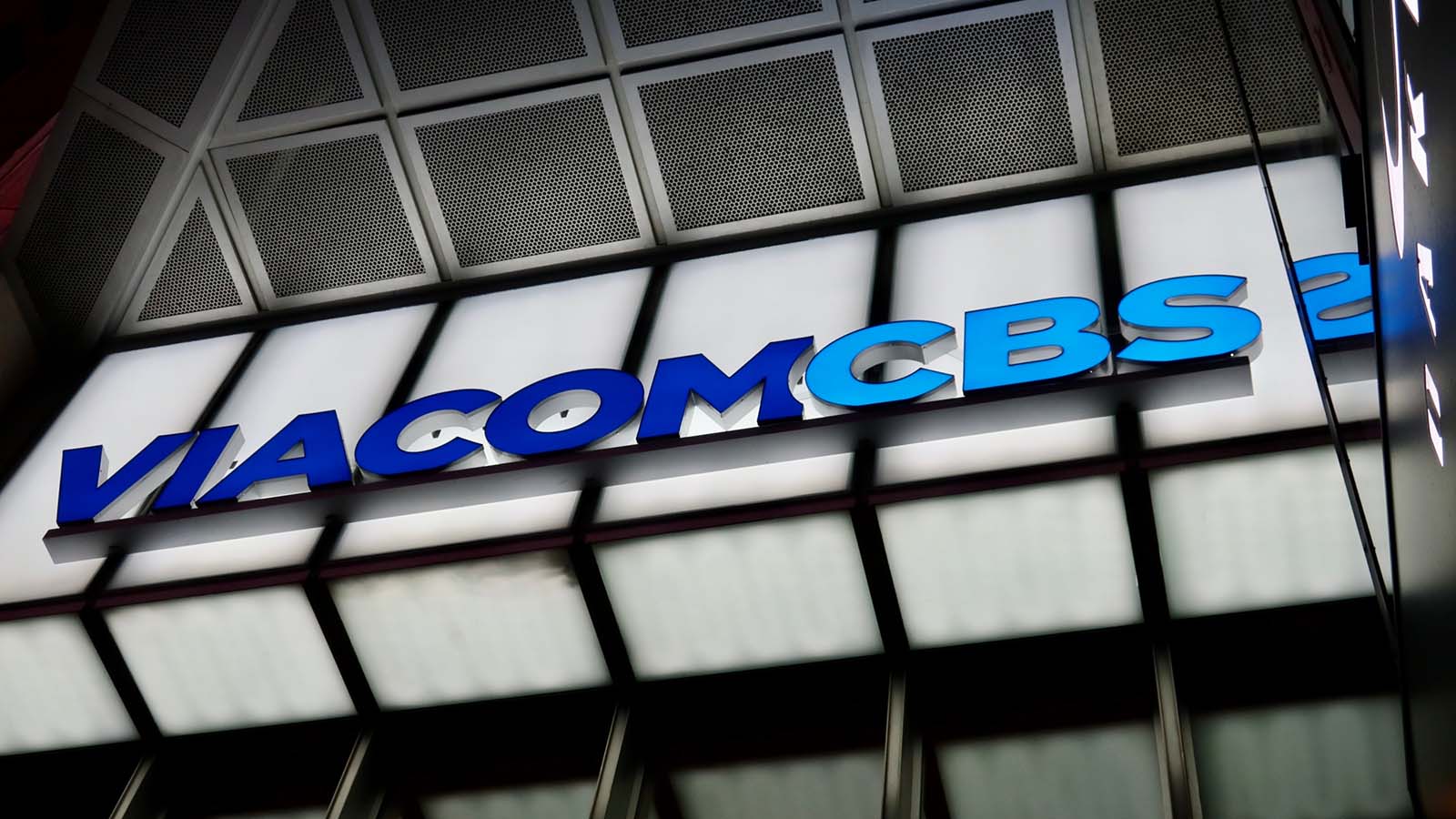ViacomCBS (NASDAQ:VIAC) produced excellent growth for its Q2 results ending June 30, but free cash flow (FCF) was disappointing. Except for its growth in Q1 2021, the company said that its FCF was just $75 million, vs. $1.589 billion last quarter. Nevertheless, VIAC stock could be at least 23% higher next year if its FCF margin stays stable.

VIAC stock closed at a peak of $46 at the end of Q1 on June 28. But since then it has dropped by $6.01 to a $39.99 close on Friday, Sept. 17. This amounts to a 13% drop in the stock for the quarter to date.
That also means VIAC stock is only up 7.3% from $37.26 where it ended last year. So the market seems to know that something is up with the company.
Free Cash Flow Issues
On Aug. 5, the TV production and streaming company announced that its revenue grew 8% year-over-year (YoY), including an 82% YoY streaming subscription revenue gain. However, the company interestingly stopped providing an FCF figure in its earnings release.
In fact, looking at the cash flow statement, operating cash flow was $1.791 billion and capital expenditure spending was $138 million for the six months to June 30. That implies just $1.653 billion in free cash flow for the six months, or just $64 million of implied FCF for Q2 ($1.653 billion – $1.589 billion).
However, the company’s CFO said on the conference call that its Q2 adjusted FCF was $75 million. If we use that measure as a percent of its $6.564 billion in revenue, the FCF was very low at 1.1%. That is much lower than the 21.4% margin last quarter on revenues of $7.412 billion.
If revenue fell quarter over quarter by 11.4% from $7.41 billion to $6.56 billion, why did its adjusted FCF fell dramatically from $1.589 billion to $75 million? Management indicated that working capital issues related to its subscription streaming capital costs and content investment were the culprits.
In other words, the company’s purchase of new shows and investments ate up more of its free cash flow. They also seemed to imply that going forward this could be the case. Management talked about “tailwinds” that would decrease going forward. As its subscription revenue grows, the company has to produce more unique content and invest heavier in technology to handle that type of revenue.
Estimating VIAC Stock Value
Let’s assume that going forward its FCF margin could rise to between 5% and 8% of its revenue (up from 1% in Q2). Using analysts’ revenue forecast of $29.06 billion for next year, FCF could range between $1.453 billion and $2.335 billion.
As a result, using a 5% FCF yield, which is the same metric as a 20 times price-to-FCF, the market value will range from $29 billion to $46.7 billion. On average this works out to a market value of $37.85 billion. That is 45.4% over today’s market value of $26.03 billion.
This implies that VIAC stock is worth $57.99 per share, or 45.4% over today’s price. Moreover, even if we assume a 5% FCF margin, rather than a midpoint between the 5% and 8% range, the market value is worth $29.06 billion. That is 11.64% over today’s valuation or a price of $44.64 per share.
What To Do With VIAC Stock
As a result, the range for VIAC stock’s value is between $44.64 and $57.99 per share. If we take the midpoint that means our best estimate is a price of $51.32, or 28.3% over the Friday price of $39.99.
Let’s assume that ViacomCBS’s FCF improves with less capex and working capital spending over the next year. If that means that the company will start to show revenue growth on a quarterly basis, then VIAC stock might be able to rise to this target price.
The patient investor will look for an opportunity to buy in at these low prices. Given the company’s inherent profitability, as seen last quarter, that will likely be a good investment for the long term.
On the date of publication, Mark R. Hake did not hold a position in any security mentioned in the article. The opinions expressed in this article are those of the writer, subject to the InvestorPlace.com Publishing Guidelines.
Mark Hake writes about personal finance on mrhake.medium.com and runs the Total Yield Value Guide which you can review here.
